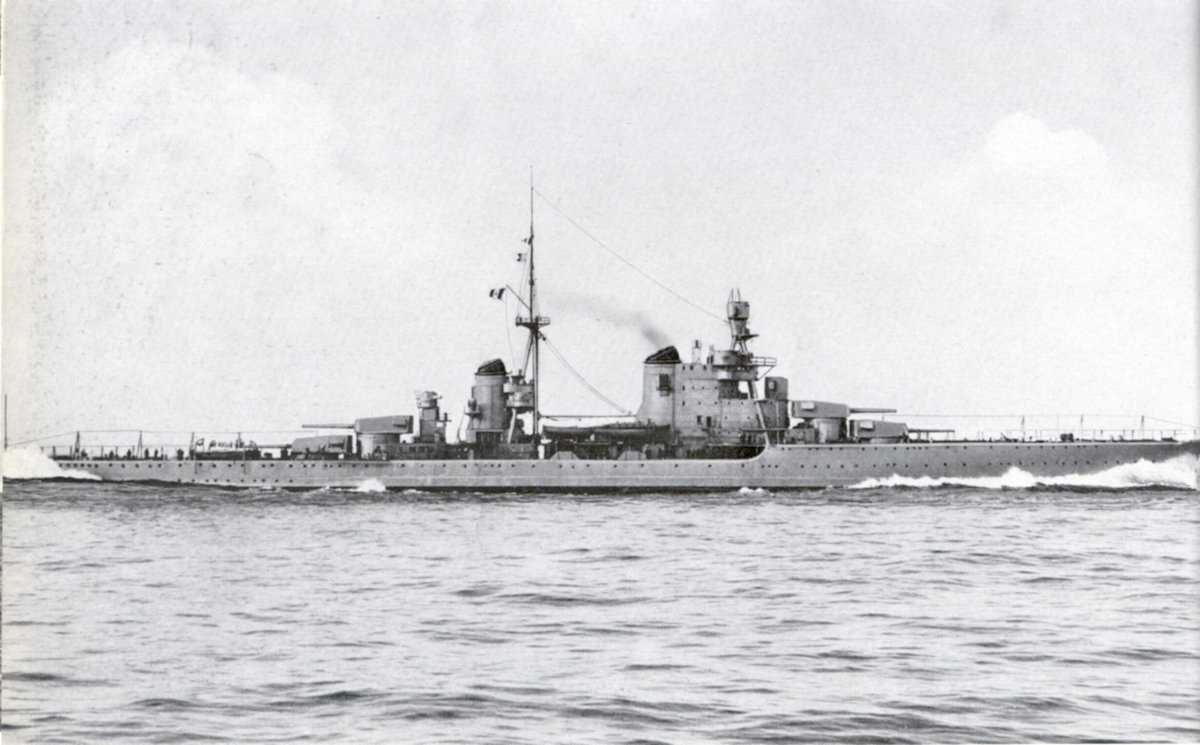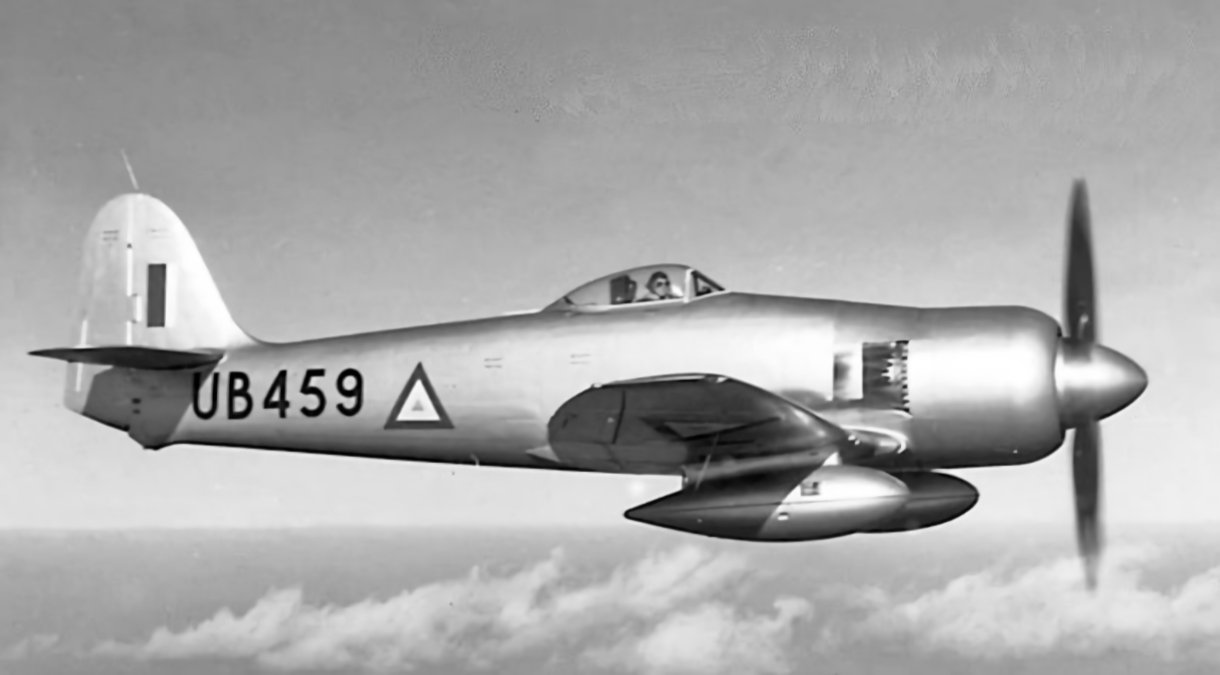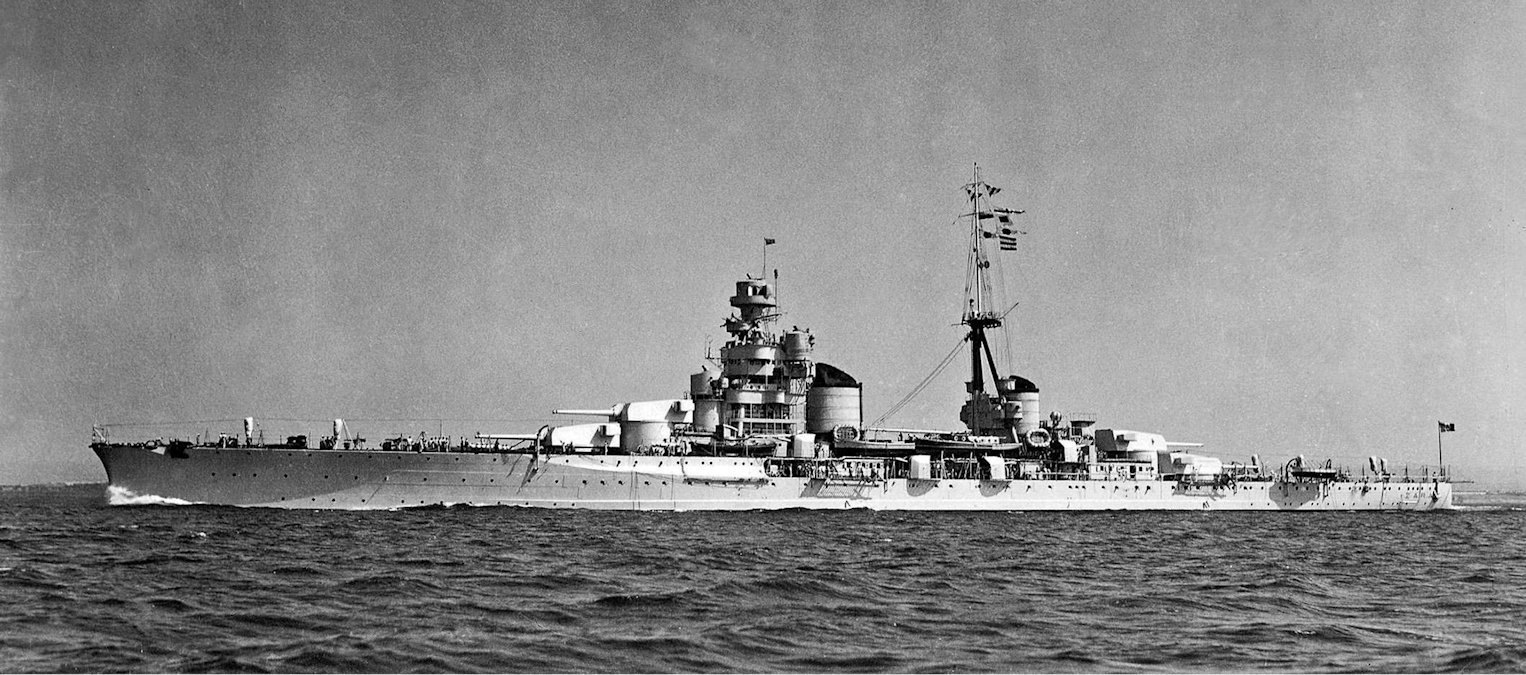Tag: World War Two
-
Italian Heavy Cruiser Pola

Italian Heavy Cruiser Pola Pola was the forth and last of the Zara-class cruisers built for the Italian Regia Marina. Unlike her three sisters (Zara, Gorizia and Fiume), she was completed as a flag ship, with a larger conning tower for the admiral and his staff. Launched on 5 December 1931, she was commissioned into… Read more
-
Hawker Sea Fury in Burmese Service

Hawker Sea Fury in Burmese Service Burma received 18 Sea Fury FB11s, all being refurbished former Royal Navy Fleet Air Arm aircraft delivered between December 1957 and May 1958. These were used in the counter-insurgency role. Sea Furies were replace in Burmese service by Lockheed T-33 Shooting Stars by 1968. Read more
-
Italian Heavy Cruiser Zara

Italian Heavy Cruiser Zara The lead ship of her class of four heavy cruisers for the Italian navy, Zara was launched on 27 April 1930. Commissioned into the Regia Marina on 20 October 1931, she took an active part in naval operations in the Mediterranean along with her sisters Fiume, Pola and Gorizia. During the… Read more